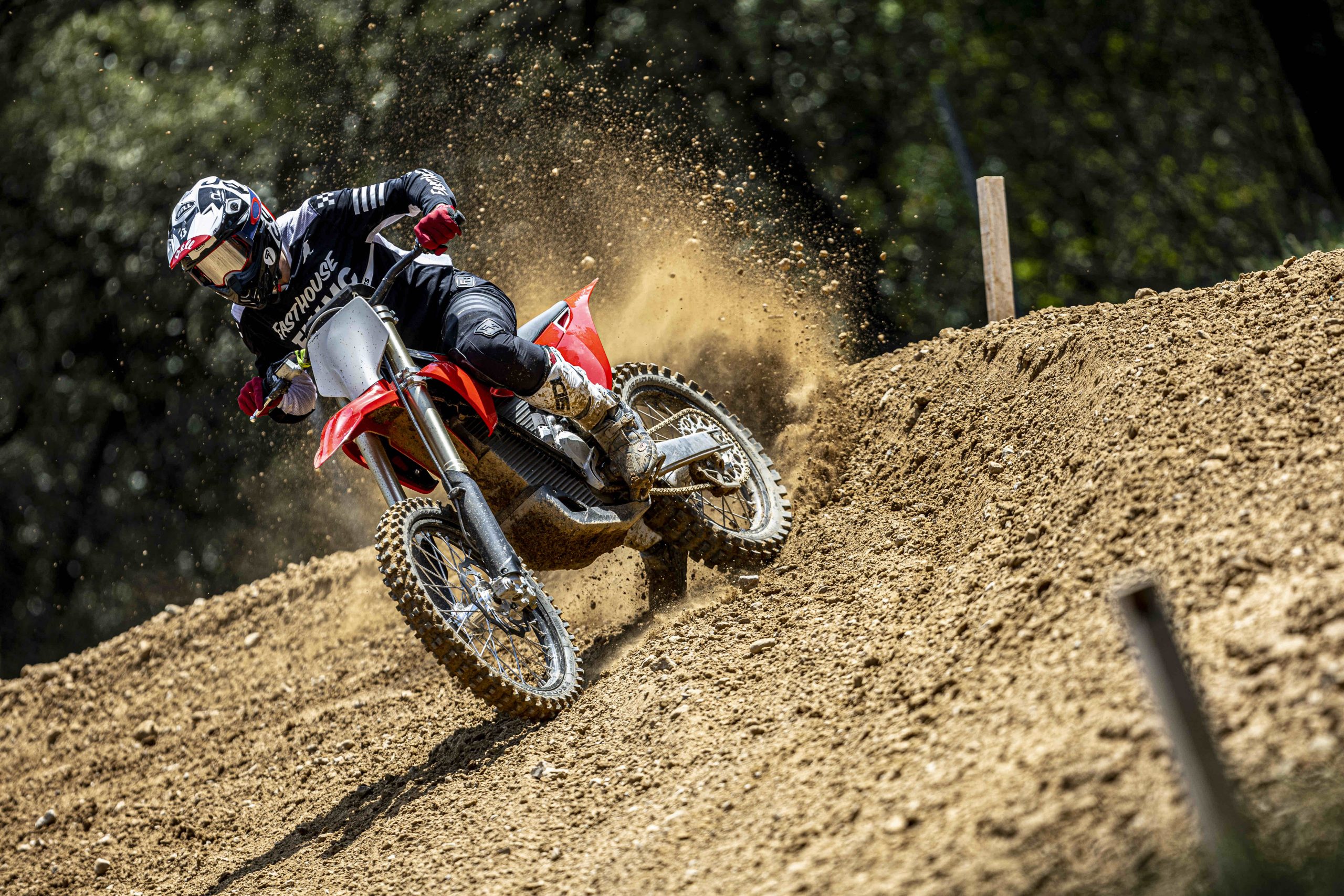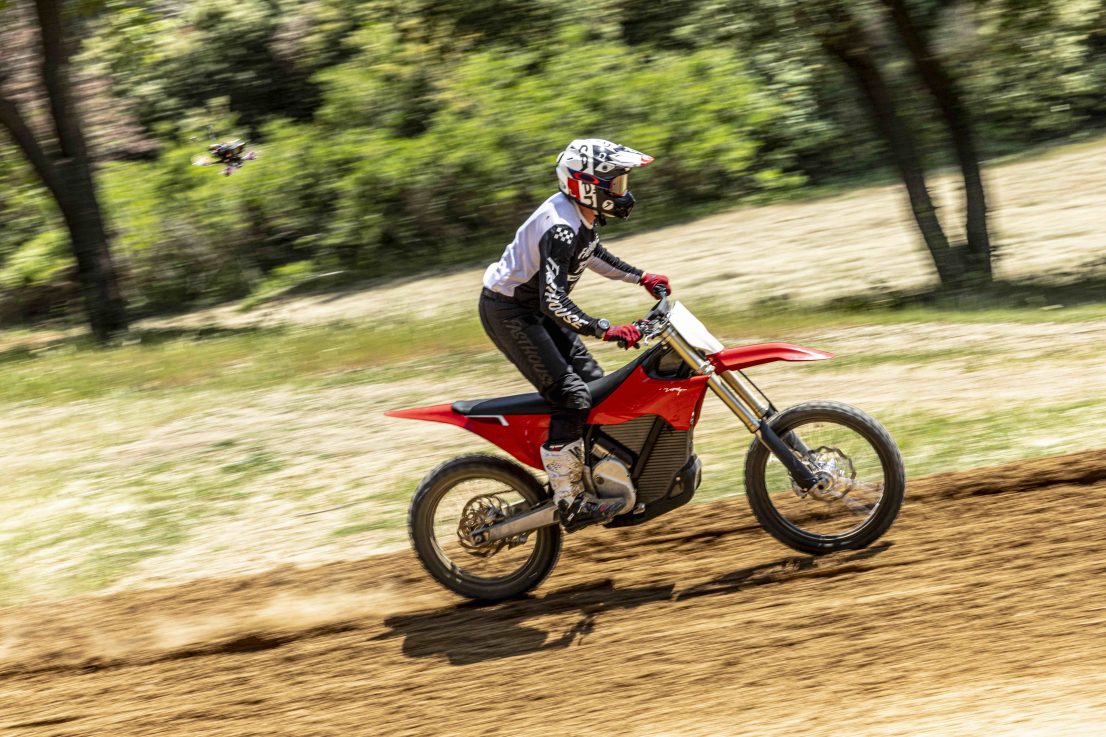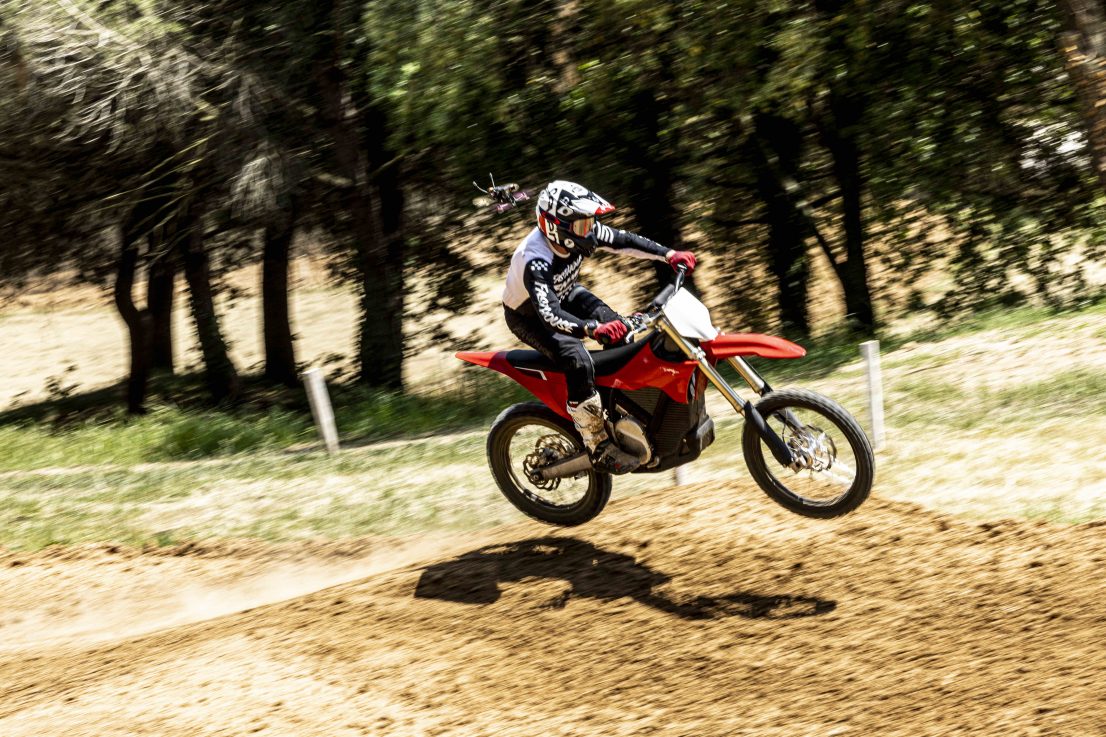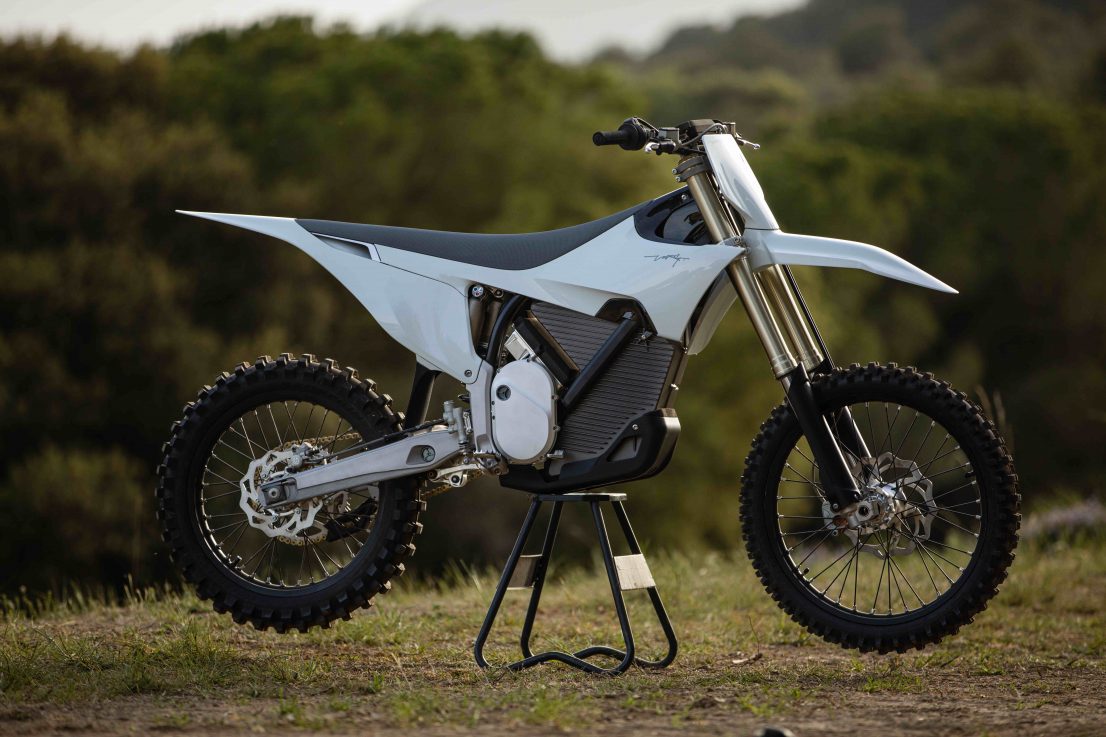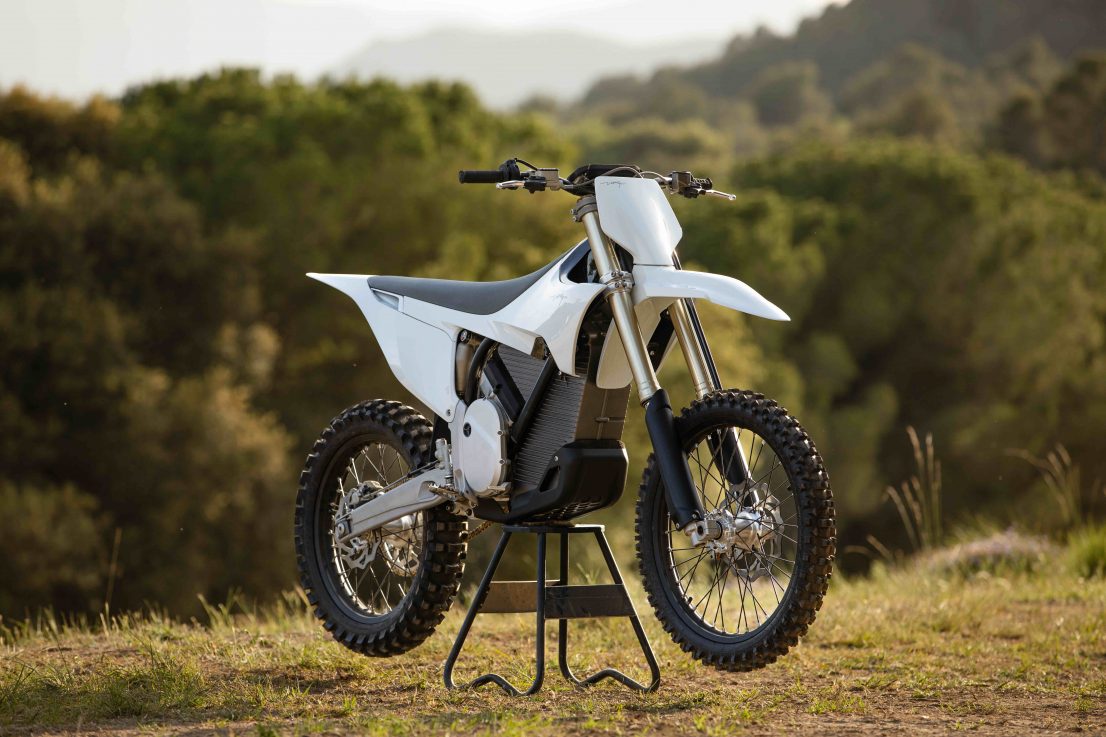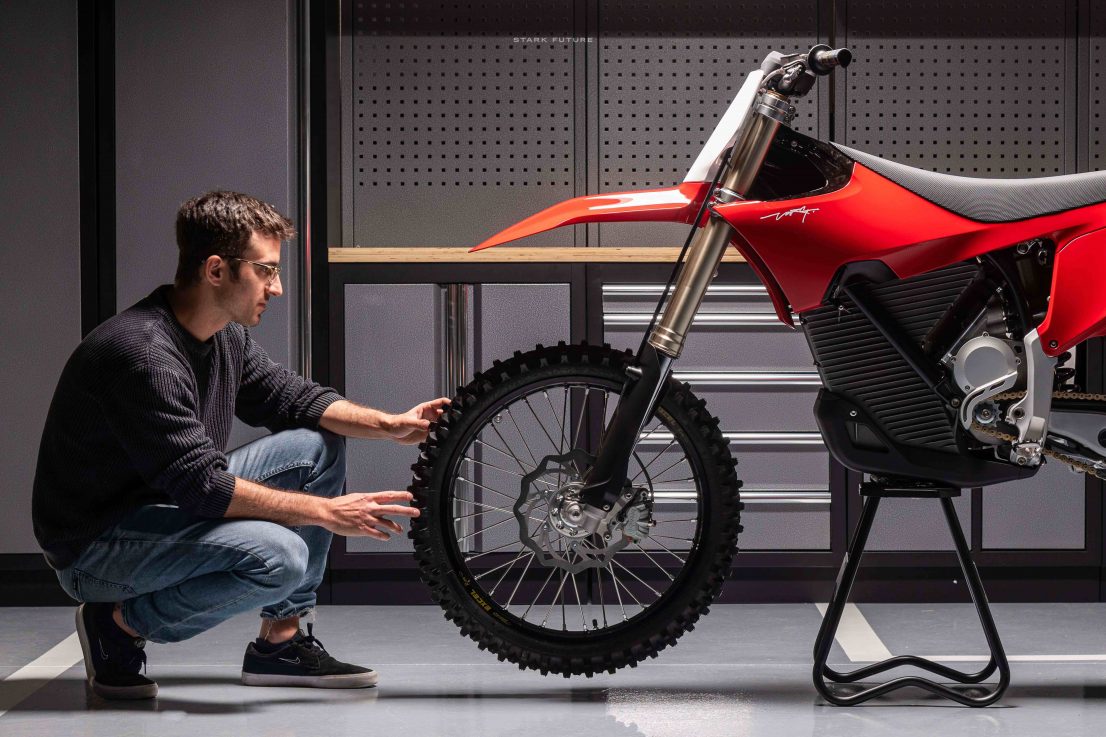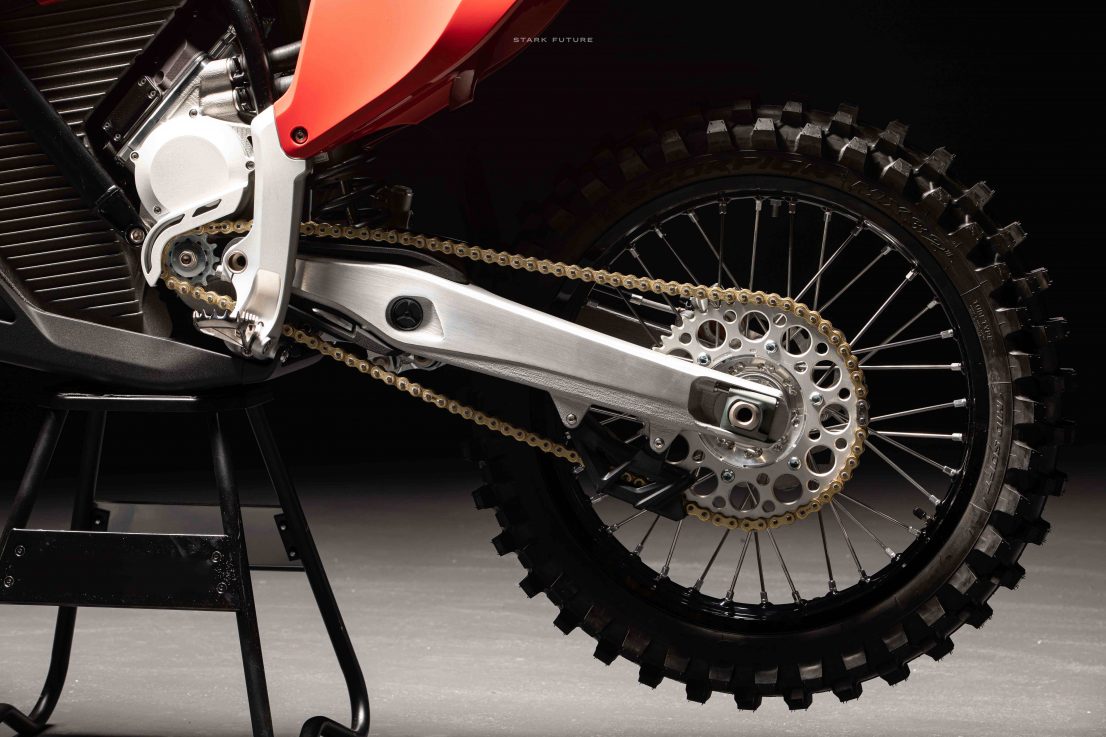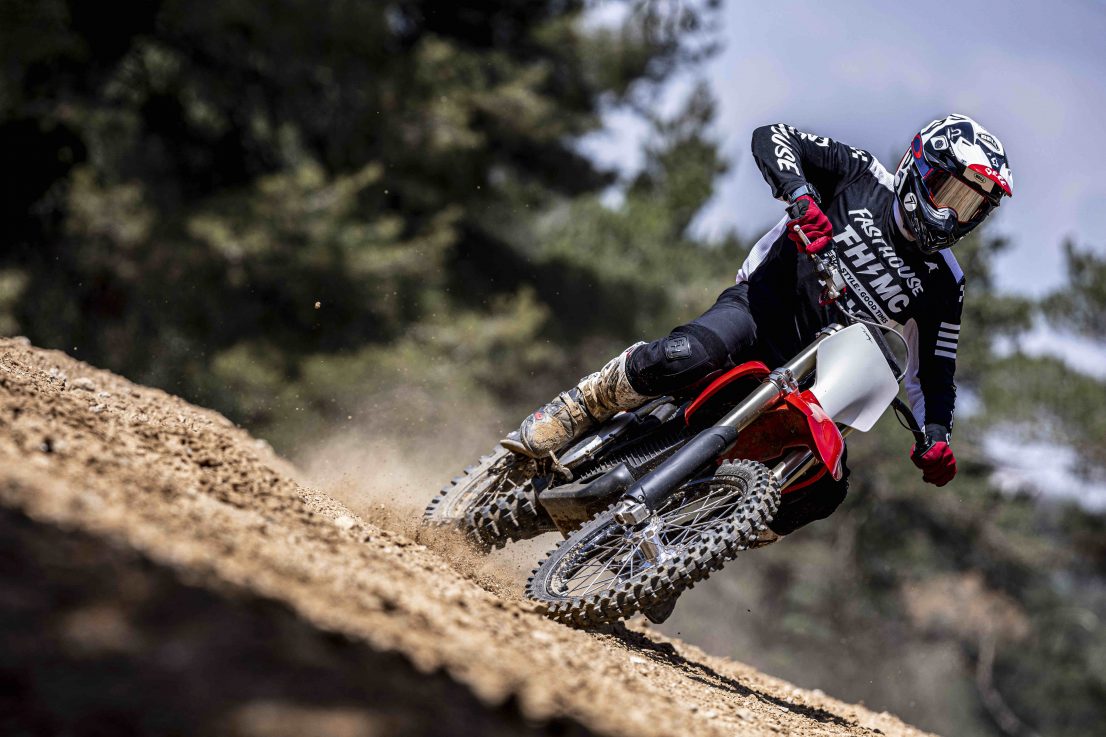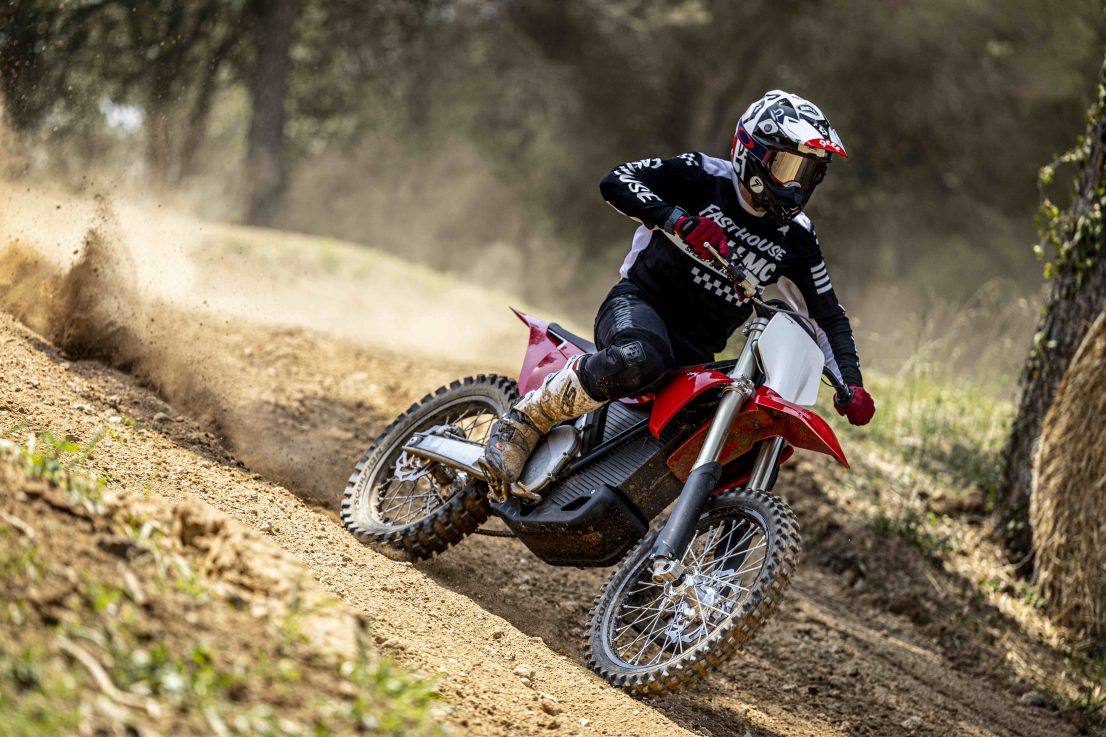We don’t think that people are willing to compromise. We cannot build a product that’s heavier or lower in performance and much more expensive. So, what we are doing is building electric vehicles that are outperforming petrol bikes. And this is the first electric motorcycle that is the performance leader, within its category. It’s really quite ground-breaking.
Anton Wass – CEO STARK FUTURE.
Writing this review is a little bit of a paradox. I’ve found it one of the easiest and most difficult reviews to write. The easy is that this machine is a watershed, a Model-T watershed, horse to mechanised transport watershed for the motorcycle industry. The difficulty is that Stark Future will undoubtedly face challenges – not unlike Elon Musk did with Tesla. Not because they are not well prepared, innovative, and aggressively driven but because battery technology is still in its infancy.
Although battery tech is continually evolving it has by no means reached its full potential and by consequence all manufacturers are limited in that sense until solid state cells become a reality.
What does that mean in real terms? It means that the Varg is as complete a machine as it can be now. It also means that you can expect ongoing improvements year on year as the electric drive tech advances. Think Tesla for motorcycles; the current tech has been widely adopted and it’s increasingly common to see Tesla vehicle on our roads. Reading between the lines, and in conversation with Paul, the Chief Technical Officer, it’s clear that Stark has a clear vision to be the market leading manufacturer in premium motorcycles – and not just in the motocross market.
Effectively their approach is to start with the most difficult and punishing of motorcycle sports – motocross – as a test bed for their entry into the electric drive motorcycle market. The benefits to them are clear: if they can make the Varg work at the highest level in the toughest of conditions and surpass petrol bike performance and quality, then transition to mass market motorcycle production should be a cinch.
The company’s aim is to do just that in each progressive step – compete and outperform petrol alternatives whether that be in motocross, enduro and who knows where after that.
While I have a good deal of information to impart over the length of this review and in our various videos (available on our YouTube channel) let’s get to the crux of the matter and answer the two most important and burning questions that we think you want answered:
- Can it compete with current petrol bikes in terms of performance and quality, and
- Is there any longevity in the VARG – is it for real or still too far from being a real contender?
Following on from that our next thoughts turned to how fun it was to ride and just how different is it to ride than a petrol bike.
Can the VARG compete with petrol motocross/ enduro bikes – right now, both on quality and performance?
Against the current crop of petrol motocross bikes from any of the manufacturers – and from a regular consumer perspective – yes, they can.
The quality of the bikes is undeniable, and the third-party components are best in class. For example: Brembo brakes, KYB suspension etc. As for the Stark-manufactured parts – chassis, swingarm, foot pegs, batteries, cells etc – this high quality theme continues. The bike screams best of the best even down to the nuts and bolts.
While the production bikes will come with polypropylene plastics the hybrid (prototype/pre-production)bikes we rode had a more brittle prototype bodywork fitted. The water pumps were also still under review but while there are still some visible refinements needed before production begins, the quality and care visible on the rest of the machine inspires confidence that these are in hand and will be ready for their first production run later in the year. According to Stark, they will be ready for the first delivery in October 2022.
How long will the battery last, can I really have a good day at the track without a faff and long periods of waiting for the battery to charge?
Based on the battery performance at the launch I would say yes. I did five laps at a crack and battery discharge went from 92% to 74% with a lap time of about 2 – 2 1/2 minutes.
I anticipate that I would run out of puff before the bike ran out of battery. The battery charger is an innovative piece of kit and is conveniently housed in the pit stand. Charging is at 10amps and will take about 45 minutes to recharge but frankly from what I witnessed it’s unlikely that regular riders will be able to ride the bike to near empty battery charge before they get tired, so recharge times are going to be dependent on the skill and fitness levels of the owners and just how much they deplete the battery before putting it on recharge.
As for the enduro market the answer is a little less clear, and from my perspective this would be directly correlated to the type of enduro riding you do and where you live.
There is no getting away from it – battery performance is currently directly correlated to speed and as such if you are in the UK for example and riding a single track hare & hounds or extreme enduro then it’s likely that the VARG would be competitive, and the battery life would enable you to compete for three hours or more, but that still remains to be put to the test.
What the VARG is not going to be able to do right now is be competitive in a multi-hour Baja style or classic enduro competing at high speeds. The battery simply won’t give you the longevity you need – unless you’re a factory VARG team – more on that later – however check out our podcast with Stark’s CTO available on (…) where we discuss the future of enduro, and the company’s approach to outperforming petrol bikes in all disciplines it tackles – there is a definite step progression plan.
Is there any longevity in the VARG – is it for real or still too far from being a real contender?
In my opinion the commitment from the company to pushing the boundaries of the motorcycle industry has been handsomely rewarded and will continue to gain momentum as more and more consumers are won over by ownership of electric drive versus petrol engines. They are cheaper to own, easier to ride and clean.
The sales launch of the VARG would seem to suggest the public is already embracing those benefits, Stark pre-selling over 9000 VARGs over the past five months. This bodes well for the company financially and it indicates the willingness of the market to adopt electric drive technology.
My prediction is that the Stark VARG will become as commonplace on motocross tracks as the Tesla is on our roads.
So what’s it like?
In short – it’s wicked fun to ride, easy to maintain, corners as if on rails and can be ridden anywhere without annoying the neighbours – so has the potential to truly revolutionise our sport, maybe even saving it (given the race to achieve zero emissions in all aspects of life).
But first let me confess – my experience at the launch wasn’t all seamless bliss. I had some problems with my VARG. In short, my assigned steed had an engine sensor failure that kept switching the bike into safe mode. This meant that I missed the majority of the morning’s riding while the tech team diagnosed the problem, and while it did give me more time to dive into the technical information it was disappointing to miss bike time. What wasn’t disappointing was the response to the problem by the team and the diagnostic capability to establish the fault in a timely manner and correct it.
Given that the bikes we rode are still not the full production versions the company was pretty brave to let a load of journos and pro riders loose on their hybrid prototype / pre-production machines. In the end the issue was resolved by establishing that the engine sensor insulation had to be made thicker to eradicate the problem. This will no doubt be adopted on the production bikes as a result.
So, I could have had good reason to be pretty negative about my experience. Instead, I came away with respect for the way the team handled the situation and were able to diagnose the problem quickly and efficiently. More importantly, though, was what I thought after the afternoon session on the bike.
Here’s a bold statement – it’s the best handling motocross or enduro bike I’ve ever ridden. I have no doubt that I would be quicker on this bike around a track than on any petrol bike, two-stroke or four-stroke.
Why, what makes it so good? Cornering, it’s that simple! This bike has no rotating mass, no inertia, its centre of gravity is excellent (45/55 front to rear bias) and it’s slim and nimble. Having ridden it back-to-back with petrol-fuelled 450s frankly it outclasses them easily in the corners.
I was a little nervous at first jumping on the bike, but I shouldn’t have been. The balance in the air, for instance, is excellent. What I came to love was that you can’t stall the bike – anywhere and brake taps in the air were a breeze with no clutch and no risk of stalling.
I did search for the gear lever as a muscle memory response for the first few laps but soon adjusted to not needing to shift.
I was sceptical about how I’d adjust to the lack of sound, too. How do you establish the right speed for jumps? Would it be fun to ride without any noise? I can tell you it takes all of about 20-30 minutes, and the right setup on the suspension, to settle that scepticism. With no engine noise you just hear different things – it’s not silent that’s for sure. You can hear the tyre traction (or breaking traction) really well and I like that. The suspension can sound loud if it’s too hard and you case a jump – which I did. After a little suspension adjustment that was much improved and in fact it helped me set my suspension more accurately which was an unexpected benefit.
Let’s talk power!
Man, the VARG can be a beast – and we were riding the 60hp version not etc full-fat 80hp option. The power is immediate and urgent, and you can’t modulate power with a clutch since there isn’t one, so your throttle control needs to be precise. In my case I asked the tech team to dial down the torque 20% to help improve traction. This helped a great deal, reducing wheel spin, especially coming out of tight corners with a short run up to bigger jumps which I had been struggling to clear on the full power settings. I went from casing a few of these step ups to over-jumping them before I found the right balance, but suffice to say adjusting the torque had a huge impact on the traction and by consequence made the bike even better to ride.
The end result is that by the time I was asked to return the bike I didn’t want to. This bike is so much fun to ride and I was just getting into my stride and feeling connected with it. And isn’t that what we all ride for – the feeling that we don’t want to stop.

